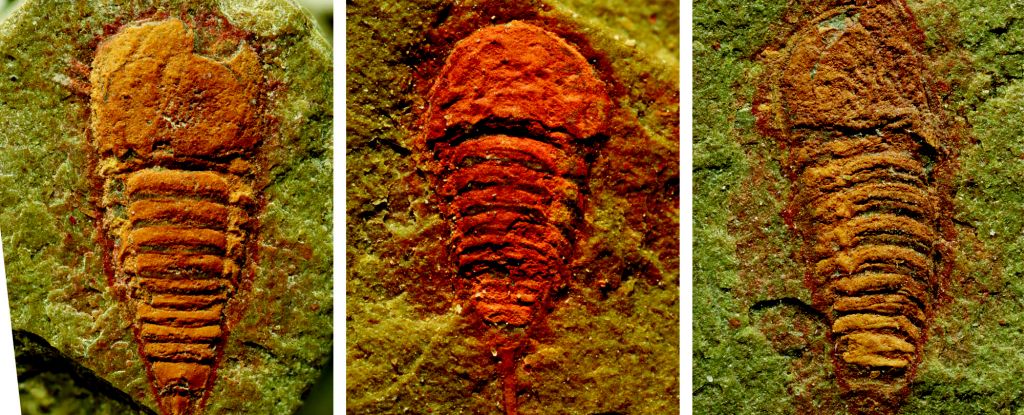Nanomaterials, Vol. 14, Pages 720: Self-Powered UV Photodetector Construction of the P(EDOS-TTh) Copolymer-Modified ZnO Nanoarray
Nanomaterials doi: 10.3390/nano14080720
Authors: Aygul Kadir Tursun Abdiryim Xiong Liu Ruxangul Jamal Yaolong Zhang
To solve the problem that zinc oxide nanorods (ZnO NRs)-based self-powered ultraviolet (UV) photodetectors cannot obtain both higher responsiveness and shorter response time, P(EDOS-TTh) was prepared using 3,4-ethylenedioxyselenphene (EDOS) and terthiophene (TTh) as copolymers, which modify the ZnO NRs surface, and the ZnO/P(EDOS-TTh) P-N junction self-powered UV device is assembled. The effect of the number of electrochemical polymerization cycles on the UV photodetection performance of ZnO/P(EDOS-TTh) P-N heterojunction was studied by adjusting the number of electrochemical polymerization cycles at the monomer molar ratio of 1:1. Benefiting from the enhanced built-in electric field of the ZnO/P(EDOS-TTh) interface, balancing photogenerated carriers, and charge separation and transport. The results show that the contact between N-type ZnO NRs and P-type P(EDOS-TTh) is best when the number of polymerization cycles is 3, due to the fact that EDOS-TTh and ZnO NRs form excellent P-N heterojunctions with strong internal electric fields, and the devices show good pyroelectric effect and UV photodetection performance. Under 0 V bias and 0.32 mW/cm2 UV irradiation, the responsivity (R) of ZnO/P(EDOS-TTh) reaches 3.31 mA/W, the detectivity (D*) is 7.25 × 1010 Jones, and the response time is significantly shortened. The rise time is 0.086 s, which exhibited excellent photoelectric properties and stability. UV photodetection performance with high sensitivity and fast response time is achieved.

 1 month ago
41
1 month ago
41


